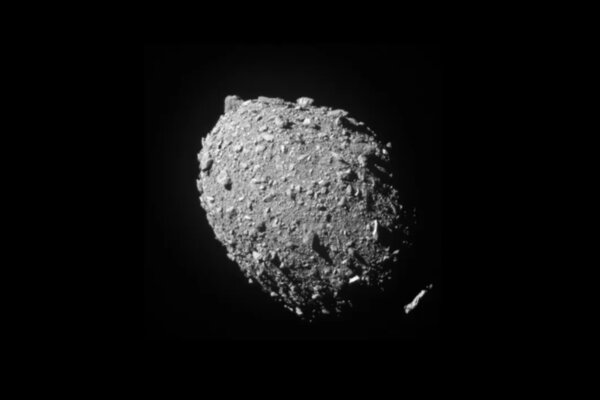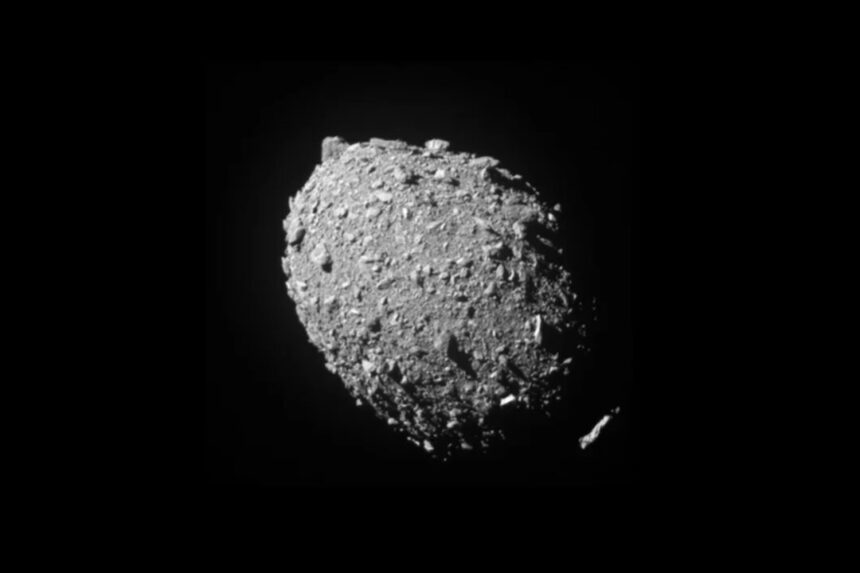
NASA has identified 36,000 near-Earth objects, 2,400 of which are considered potential hazards.
A planetary defense spacecraft was launched on Monday to collect data on the effects of a planned crash into an asteroid to see if it can be diverted from its path towards Earth.
The European Space Agency’s (ESA) Hera craft embarked on a two-year journey to Dimorphos, a moonlet orbiting the larger asteroid Didymos, for deflection tests.
The twin asteroids were chosen for the experiment as they pose no threat to Earth, making them ideal for studying deflection techniques.
In 2022, NASA intentionally crashed its DART spacecraft into the 500-foot asteroid as part of a deflection test.
ESA’s Hera will spend six months studying the asteroid to assess any changes in its mass, shape, composition, and orbit caused by the DART impact.
University of Maryland astronomer Derek Richardson emphasized the importance of gathering detailed information for potential future deflection missions.
Flight director Ignacio Tanco expressed concerns about potential dangers posed by debris from the crash to the car-sized Hera spacecraft.
Dimorphos and Didymos are located in the main asteroid belt between Jupiter and Mars, with the asteroids becoming near-Earth objects when they are pushed into close proximity to our planet.
Hera, launched by SpaceX’s Falcon rocket, will receive a gravity boost from Mars in 2025 before reaching Dimorphos at the end of 2026.
Two CubeSats will detach from Hera to land on Dimorphos for closer examination, providing valuable radar data on the asteroids.
The mission, described as a $400 million “crash scene investigation” by project manager Ian Carnelli, aims to gather scientific and technical insights from the experiment.
Hera’s mission scientist Michael Kueppers anticipates that these twin asteroids will become the most extensively studied in history, enhancing Earth’s defense against potential asteroid threats.
The Associated Press contributed to this report.





